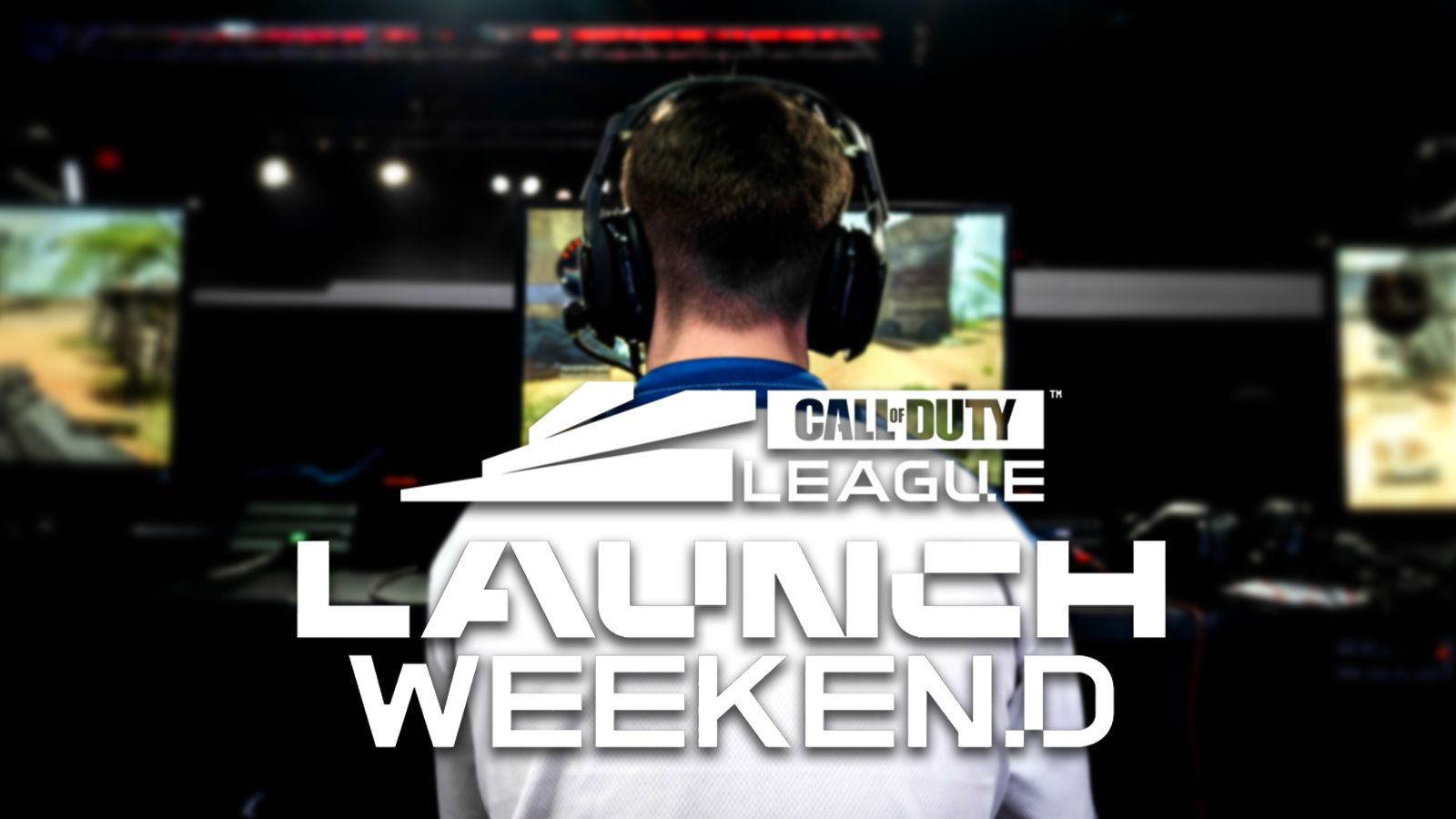Activision Blizzard's Move to YouTube Could Not Have Come at a Worse Time
Overwatch, Call of Duty, and Hearthstone bring esports exclusively to YouTube, but the way it all went down could do some real damage.

Overwatch, Call of Duty, and Hearthstone bring esports exclusively to YouTube, but the way it all went down could do some real damage.
Just one month ago, the esports and streaming landscapes saw another major shift, as YouTube became the exclusive streaming partner of Activision Blizzard’s official Overwatch League, the brand new Call of Duty League, and Hearthstone esports. Twitch is as big as it’s ever been, but that doesn’t mean its competitiors haven’t been picking up steam, with more than a handful major creators jumping ship to sign exclusive deals with Mixer, Facebook Gaming, and of course YouTube themselves, and this latest salvo in that ongoing battle was seen by many as just the latest positive step in the latter platform’s continued attempts to segue its dominance in the produced-video space into the world of livestreaming.
Now, with word coming that Google payed Activision Blizzard a reported $160 million for the right to host its esports events, we have a better understanding of the value that the latter placed on its esports content. But, money aside, was this the best move for the competitive organizations themselves and their communities? It’s still early, but there are a few reasons to suspect that this agreement might have been undertaken at the worst possible time.
Tokens? You Don’t Need No Stinkin’ Tokens.

Connectivity between the esports viewership experience and the actual game in which it’s played has long been a pivotal part of Overwatch’s success. The 2019 season introduced ‘League Tokens,’ which were earned at the rate of three for every hour of OWL matches watched on Twitch. Those tokens could then be used to purchase skins in the actual Overwatch game, rewards that were highly sought after, and which helped to make that, the second official season so successful, averaging 1.12 million viewers per game, which was a 16% increase over the previous year. It also made it the only major league in all sports, not just esports, to see an increase in audience amongst viewers between 18 and 34.
The exclusive deal with YouTube, however, was made only weeks before the beginning of the league’s 2020 season, and while Activision Blizzard CEO of esports Pete Vlastelica confirmed that in-game rewards for viewership were in the works, the fact that there isn’t an immediate replacement for the system that was in place on Twitch makes the audience feel as if the feature has been taken away, that the move to YouTube has already negatively impacted the viewership experience. And this isn’t the only example.
One of the other perks available on Twitch was the Overwatch Command Center. Included as a part of the 2019 All-Access Pass for $14.99, this platform allowed viewers to watch OWL matches from new perspectives, choosing between any player’s POV view of the action. This was a popular addition to the viewing experience, and YouTube provides no comparable feature.
This is all a product of the lack of lead time, with the exclusive licensing deal appearing to have officially gone through only weeks before the introduction of the 2020 season. While it’s clear these features will return, in some way, at some time, the already extant community that has spent two years galvanizing around the Overwatch League can’t help but feel that their experience has been negatively impacted by this change. Ryan Wyatt, head of YouTube Gaming, told Kotaku that YouTube is “focused at the moment on introducing the league to the YouTube audience,” and that might prove to be the right move in the long run, as their audience is vast. But it’s a shame to see the league itself taking a step back, in the view of some, so that YouTube can take a step forward, particularly when it seems these issues could have been avoided had the deal been closed earlier in the off-season. It seems a real missed opportunity to start on firmer ground.
Issue #2: Launching a Brand New League? It Just Got Much Harder.

The Overwatch League had the benefit of two years spent on Twitch, building up its community, establishing its franchises and biggest names, and becoming a phenomenon in its own right. It was able to bring that already extant community, its established brand to YouTube with it. The same can’t be said for the other major piece of this licensing deal: the Call of Duty League.
Very much mirroring the format of the OWL, this new league features ten teams from North America and two from Europe, competing in a series of competitions in each participating city before battling for a championship at the end of the league year. It leverages that proven format and the still ubiquitous Call of Duty brand to deliver something broadly entertaining to long-time fans of the games and the FPS genre.
But, it’s important to note that, while the franchise has long been one of the best selling in all of gaming, Call of Duty has struggled to establish a consistent esports presence, never achieving the kind of success we see from titles like League of Legends or even Overwatch. The latter was able to build itself up using the structure of a traditional sports league, and the intention is clearly to bring those benefits, the cohesion and focus of an easy-to-understand league season and regional teams, to a game that is much beloved but hasn’t ever found an identity for its competitive space. All that being said, it’s clear there are obstacles standing in their way, and the switch to YouTube hasn’t made clearing them any easier.
This new league was first announced in late December of last year, again leaving only four weeks between its unveiling and its marriage with YouTube. Setting aside the fact that this precludes introducing any of the additional features we already mentioned above when talking about Overwatch, this didn’t even leave time to properly market and advertise the league’s opening weekend or the ongoing matches thereafter.
“Ideally, the Call of Duty client would advertise the existence of the upcoming esports league, marketing the CDL to its aforementioned large player base,” writes ESPN contributor Emily Rand. “In turn, the league, via the prowess of the pro players themselves, would market the game back to the general public. This has not happened.”
Without that marketing push, and absent the organic growth that can come from rising to the top of the Twitch rankings and pulling in viewership the old fashioned way, the league has gotten off to a slow start. Again, this doesn’t mean it won’t grow and eventually succeed, it’s simply clear that the move to YouTube has made that a more difficult prospect.
Slow Starts Don’t Mean All Is Lost
So is the future of Activision Blizzard’s esports scene growing bleak? By no means. Even with all the above issues, YouTube still represents the largest video-consuming audience on the internet, and this latest development only reinforces the fact that its team will continue putting in the work to grow the streaming side of its business, which means that, even as things slow down in this particular moment, we expect everything to continue to grow and mature, including its esports scene. But, timing matters, and it seems pretty clear that the speed with which this deal came together has done some damage, and it will take time to get the Overwatch league back to where it was before the move. In a landscape wherein esports are growing extremely fast, with viewership records broken seemingly every month or so, that step backwards can really do some damage. We look forward to seeing how these leagues mature in their new home.
Check out this week’s Twitch rankings, and our breakdown of 2019’s fastest growing games on Twitch. Also, be sure to follow us on Twitter and LinkedIn for all the latest blogs, announcements, and game marketing news from the team at GAMESIGHT!

